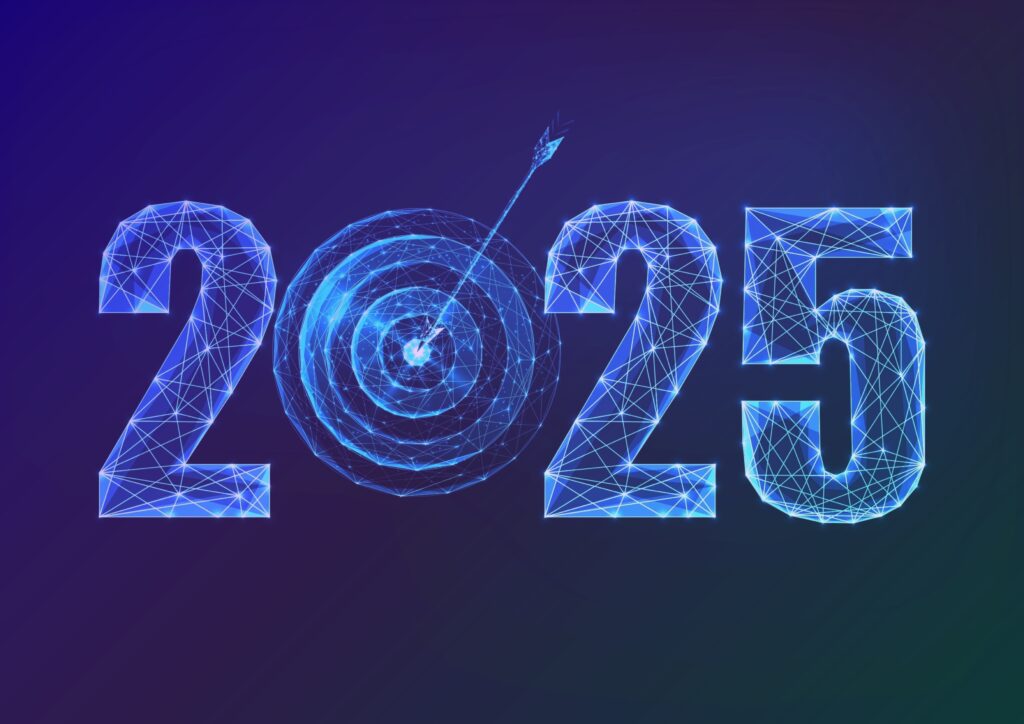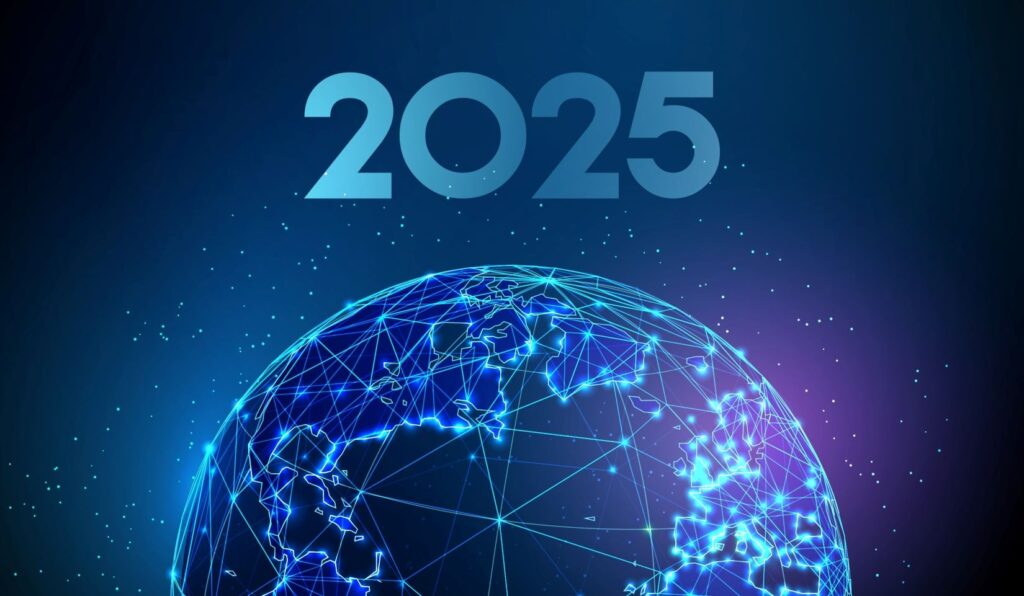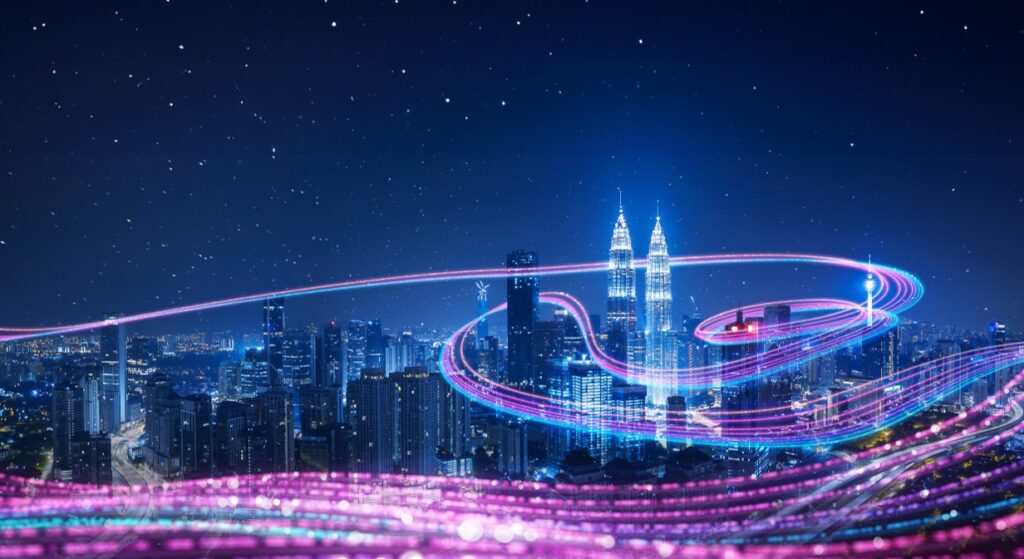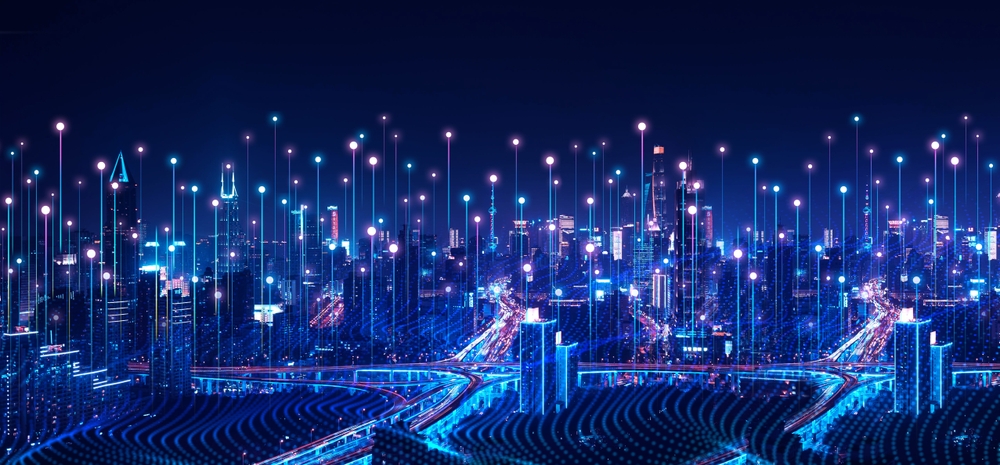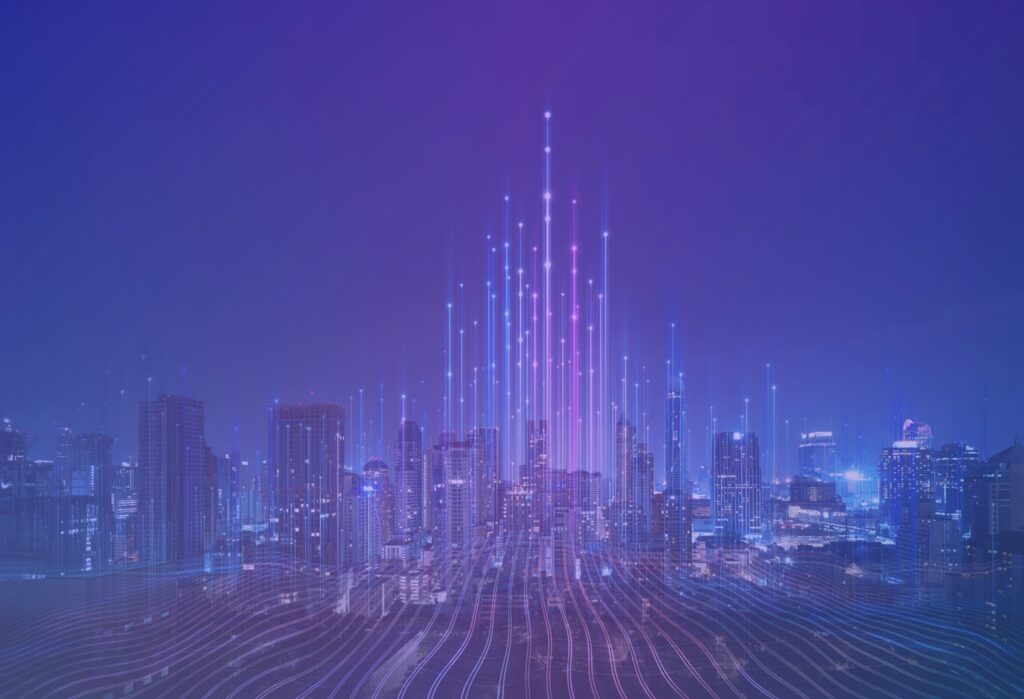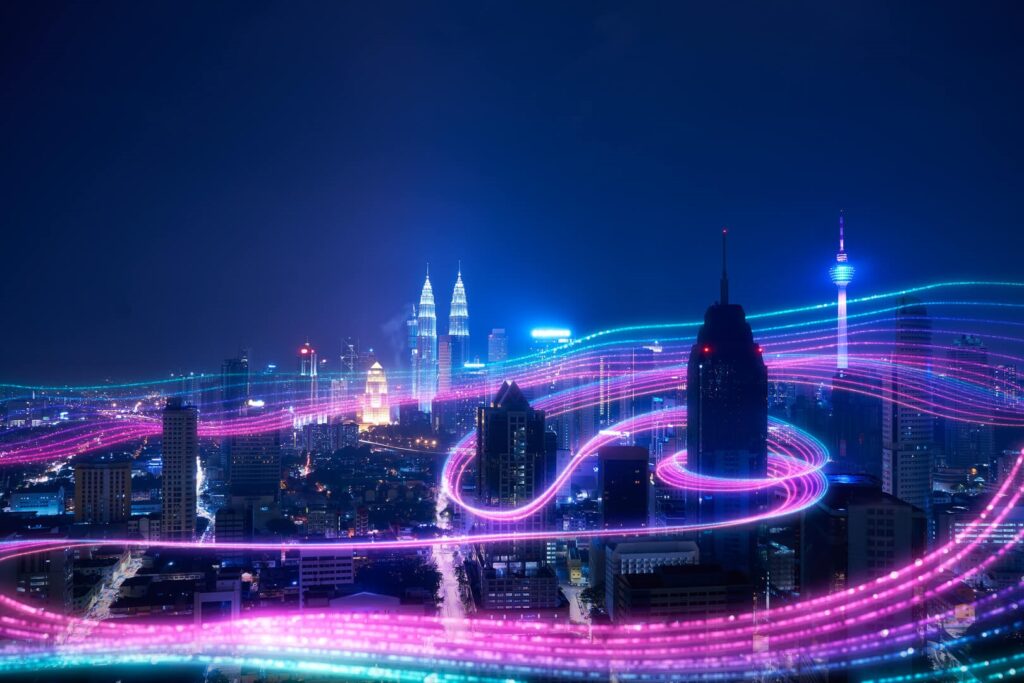“Say Mommy, say Daddy, what was IT monitoring like before Smart Monitoring? “
You’ve probably heard about dystopian novels, such as The Handmaid’s Tale, which propel the hero into an alternative reality or future? Let’s do the same with monitoring and take a leap in time. Let’s imagine what vision of our current IT practices our children might have. For a moment, let’s imagine what we could say to our son or daughter who has just graduated from an IT engineering school in 2030, if we had to explain what it was like before… before Smart Monitoring, before refocusing I&O on the customer experience and before adapting IT to Business…
Never without my I&O team
July 2030: In recent years, after taking over the public space, IT has secured a predominant role in businesses. AI (Artificial Intelligence), the Cloud and IoT (connected objects) are now part of everybody’s daily life, and the role of technologies has greatly increased in companies’ business models. IT infrastructure and production functions are finally recognized as being key positions and strategic functions in a company. The world’s biggest companies are finding ingenious ways to compete to attract the best monitoring experts.
Companies have changed the way they operate and have reviewed their IT strategy in order to meet the ever-increasing demands of customers looking for a fully enhanced customer experience. They have unlocked the potential offered by technological innovations through open IT management to support business excellence, thanks to a new, customer-experience-focused approach to IT monitoring.
“Say Mommy, say Daddy, tell me the story of IT monitoring as it was in the 2020s…”
How can you explain to your son or daughter the paradigm shift that took place in 2020 and took us from old-fashioned monitoring to customer-experience-centric monitoring?
First of all, we could explain that for a long time, IT monitoring just involved a few technicians who would assess the availability of IT equipment. That was until businesses could no longer function without IT… From then on, the relationship between IT and business had to be managed in a different manner, above all to guarantee maximum availability of corporate IT as well as a new customer experience. For younger generations, it is hard to imagine that at the beginning of the digital era, customers would sometimes have to be very patient to confirm their shopping cart, and that it was not always possible to view a store’s stocks in real time… And yet… Monitoring has had to evolve quickly to meet the needs of an ever-changing IT environment and the demands of consumers. After the major global health crisis of 2020 (COVID-19, do you remember?), companies had to accelerate the change in their IT practices and had to restructure their infrastructures to manage teleworking and a quickly increasing dematerialization of Business’s processes.
How I&O (finally) shifted from availability-centric monitoring to customer-experience-performance-centric monitoring
In 2020, most IT monitoring practices were still based on availability metrics, something that analysts at Gartner had pointed out at the time, estimating this could slow down up to 90% of transformation initiatives. Fortunately, visionary I&Os managed to develop IT monitoring solutions to better reflect IT quality and business performance quality, to continuously integrate and enhance IT operations, to manage new application and technological developments, and above all to contribute to the customer experience.
The first revolution: shifting from availability-centric monitoring to modeling the most critical IT services
That’s when I&O realized how important it was to have a combined view of equipment, services and applications and they materialized workflows. The growing idea inside the IT monitoring expert’s community was that users and IT teams needed a real-time view of business-critical transactions from Cloud to Edge Computing.
This may seem obvious today in 2030 but that was not the case in 2020.
Any decline in service was already impacting the customer experience. The solution – which is nowadays the most common – was to model business-critical IT services to provide a map linking IT to the user.
Elementary, my dear Watson? Not so much back then…
The second revolution: being able to show the impact of IT on an organization’s results
In 2020, companies had only just realized their fate would now be definitely linked to their IT strategy. This required them to rethink the way business-oriented data from Business applications were considered and integrated when reflecting upon IT monitoring. I&O started to bridge the gap between IT and Business in order to link the customer experience and IT performance. With a very simple idea in mind (which was new at the time): showing the impact of IT performance on the customer, be it in terms of the sales experience, the turnover or risk management.
In most organizations, the IT infrastructure had evolved towards a hybrid architecture mixing cloud, containers, micro-services and legacy on-premise solutions. This will not sound familiar to our sons and daughters, but that’s how it was in 2020, and it paved the way for more modern IT monitoring practices in line with the business operations they supported.
We should also pay tribute to every IT monitoring expert who could foresee back then that the business model resulting from the digital revolution implied constantly improving performance and customer experience. Thanks to them, monitoring was able to progress at the same speed as infrastructure, and visibility became a major issue for any company wishing to control its IT and business indicators.
Author’s note: Dear readers, you might say that by 2030, monitoring will surely be even more efficient than we could imagine today, and let’s hope so! Let us hope that integrating AI becomes commonplace and that IT infrastructure and operations managers can rely on predictive, behavioral monitoring to guarantee their company’s operational excellence.
In the meantime, we are in 2020 and we would like to share with you 32 pages of best practices based on 14 IT professionals and monitoring expert testimonials. The customer experience is the new challenge of smart Monitoring, they are living it and we want to share it! To find out, download our eBook! We hope you enjoy your read!







